By: Debbie Hough

My journey with faith and art began in my childhood. Our home always had art supplies at the ready–pencils, craft papers, crayons, colored pencils, paint, and scissors. It seemed natural to use them to express the faith that was also integral to our home. Later, through a course at PSCE, “The Artist as Expositer,” Lamar Williamson challenged me to link faith and art in a deeper way. And my work on the Word Among Us Curriculum taught me a lot about the global nature of religious art. But my life-changing experience with faith and art happened when I met an actual artist, Catherine Kapikian, in a workshop at Union/PSCE. And it was nurtured and fed through my friendship with Catherine when she moved to Hershey.
Art can do that. Change us. Transform us. Teach us. And so can the artists who see visions and dream dreams. Catherine Kapikian will be the “artist-in-residence” at the 2015 APCE Annual Event in Baltimore, Maryland. Our theme is “Fear Not,” and for those who aren’t sure about the combination of art and faith, I hope you take those words to heart.
Catherine Kapikian is the founder and Director Emerita of the Henry Luce III Center for the Arts and Religion at Wesley Theological Seminary in Washington, DC. As Catherine recalls it, the day after she graduated from Wesley in 1979 with a Master’s Degree in Theological Studies, she marched into the dean’s office and proposed the establishment of an artist-in-residence at the seminary. The dean and president of the seminary agreed and assigned her a modest space under the chapel as a studio. Then they appointed her to teach a two-credit course in the visual arts, and her twenty-plus-year ministry was born.
When you speak with Catherine, it does not take long to know you are in the presence of someone who speaks the language of art (line, shape, color, value, and texture). But it’s also quickly apparent that she’s fluent in the languages of theology and worship.
Catherine’s work has been juried into seventeen national exhibitions and has won three Merit Awards from the Interfaith Forum on Religion, Art, and Architecture Biennial Exhibitions. She has also counseled over seventy churches nationwide on various aspects of the redesign of their chancel, sanctuary, and narthex. You can find samples of Catherine’s work on the DVD included in her book, Art in the Service of the Sacred, or on her website, catherinekapikian.com,
During a recent phone conversation, Catherine startled me by asking if I knew what Fibonacci numbers were. Being a math major in a former life, I recalled just enough to know that these are numbers in a special series. Catherine told me she used the Fibonacci numbers to create her most recent work in the meditation area across from the Surgical ICU at the Walter Reed National Military Medical Center. In nature, The Fibonacci numbers are found in pinecones, seashells, the spacing of leaves on branches, etc. They can be used to create a spiral effect. Since Catherine could not use anything overtly religious in this tiny space, she tried to bring a sense of the infinite within. The installed work of wood and needlework is stunning in its complicated simplicity.
Rarely does Catherine work alone. In her words, “I prefer designing work that is fabricated by members of a community. Then the work becomes the work of the people through a process of participatory aesthetics. In the shared experience of fabricating (painting, sewing, needlepointing, constructing, cutting, hammering, gluing, etc.), the community comprehends design choices, deduces the necessity of reciprocity in ascertaining meaning from the work, and blossoms in a joyful process. Deep correspondences exist between participation in creative processing and spiritual formation.”
Catherine again: “When the church thinks of art, it thinks only of the product. Like an iceberg, the product is that which is above the water. The process is the 70-75 percent that is below the water and is never seen. If the church would embrace the arts at the process level, then we’d be halfway home. So no, it’s not about hanging images in the hallways, or designating a small area in the church as a gallery, although that is something that can be done later. It is more important to get at an understanding of process and begin to integrate the arts at that level.” Transformation and transcendence are perhaps other words that could be used when Catherine speaks of “process and product.” For Catherine “the Holy is ushered in through the mysterious alchemy of manipulated materials” (Art in the Service of the Sacred, Nashville: Abingdon Press, p. 14). And it is ushered in through the community working together.
I cannot wait to have my APCE friends interact with my artist-friend, Catherine Kapikian. In a time of fear and confusion for many of us, God is indeed calling all of us together to act in faith, to bear witness to God’s unfolding kingdom. May we use all of our senses and all of our languages to speak a strong word to the world, “Fear not!”
Debbie Hough is the Director of Christian Education at Derry Presbyterian Church, Hershey, PA and APCE 2014 Educator of the Year.
